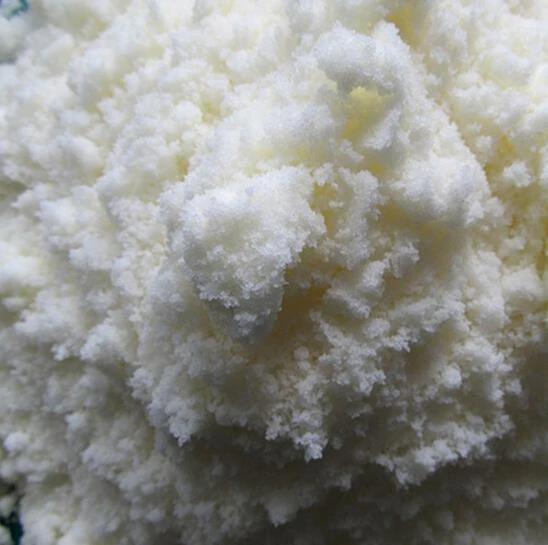



Sodium Hydroxide Applications and Safety Procedures in Industrial Use
Understanding Sodium Caustic Applications, Properties, and Safety
Sodium caustic, commonly referred to as sodium hydroxide (NaOH), is a powerful chemical that plays a crucial role in various industrial and household applications. Known for its strong alkaline properties, sodium hydroxide is widely used in manufacturing, cleaning agents, and even in food processing.
Properties of Sodium Hydroxide
Sodium hydroxide is a white, odorless solid that is highly soluble in water, resulting in an exothermic reaction that generates heat. This property is significant when handling the substance, as the heat released during dissolution can lead to burns if not managed properly. In its concentrated form, sodium hydroxide can absorb moisture and carbon dioxide from the air, leading to a caustic, lye-like consistency. Because of its strong alkaline nature, it has a high pH level, typically around 13–14.
Industrial Applications
One of the primary uses of sodium hydroxide is in the production of various chemical derivatives. It serves as a pivotal ingredient in the manufacturing of soaps and detergents, where it helps in the saponification process—transforming fats and oils into usable soaps. Additionally, sodium hydroxide is vital in the production of synthetic fibers, plastics, and solvents. It is also utilized in the paper and pulp industry for wood processing, where it helps to dissolve lignin and separate cellulose fibers.
The food industry also employs sodium hydroxide in several ways. It is often used to cure olives and to process certain foods like pretzels, where it gives a unique texture and flavor. Moreover, sodium hydroxide acts as a pH regulator in various food products, ensuring the safe consumption of processed foods.
sodium caustic

Household Uses
In residential settings, sodium hydroxide is a common ingredient in many household cleaning products. Its ability to break down organic matter makes it highly effective in unclogging drains and cleaning ovens. Many commercial oven cleaners contain sodium hydroxide due to its grease-cutting prowess. However, due to its corrosive nature, users must handle it with caution, employing protective gloves and eyewear to prevent skin burns or eye injuries.
Safety Considerations
Despite its versatility, sodium hydroxide poses significant safety risks. Exposure can lead to severe skin burns, respiratory issues, and gastrointestinal damage if ingested. It is essential to store sodium hydroxide in a cool, dry place, away from incompatible substances such as acids and metals. Proper labeling and secure storage can prevent accidents in both industrial and domestic environments.
When using sodium hydroxide for cleaning, it is crucial to follow the manufacturer's instructions and to work in a well-ventilated area. In case of contact with skin or eyes, immediate rinsing with water is critical, and medical attention should be sought if burns occur.
Conclusion
Sodium caustic, or sodium hydroxide, is a remarkably useful compound with diverse applications across various industries and household tasks. Its effectiveness as a cleaning agent and an industrial chemical underscores its importance. However, its corrosive nature necessitates careful handling and respect for safety guidelines. Understanding both the benefits and risks associated with sodium hydroxide is essential for its safe and effective use. Through proper education and precautions, individuals and industries can harness the power of sodium caustic while minimizing potential hazards.
-
Why Sodium Persulfate Is Everywhere NowNewsJul.07,2025
-
Why Polyacrylamide Is in High DemandNewsJul.07,2025
-
Understanding Paint Chemicals and Their ApplicationsNewsJul.07,2025
-
Smart Use Of Mining ChemicalsNewsJul.07,2025
-
Practical Uses of Potassium MonopersulfateNewsJul.07,2025
-
Agrochemicals In Real FarmingNewsJul.07,2025
-
Sodium Chlorite Hot UsesNewsJul.01,2025










